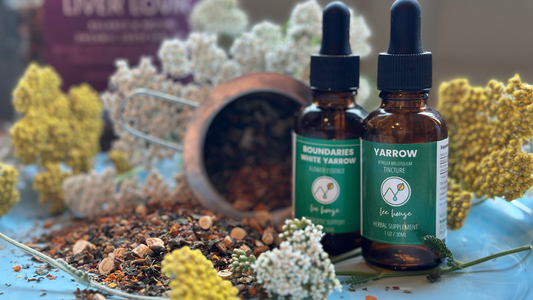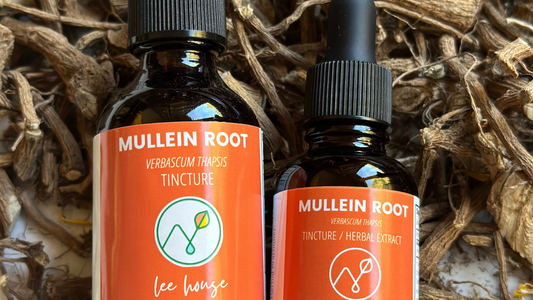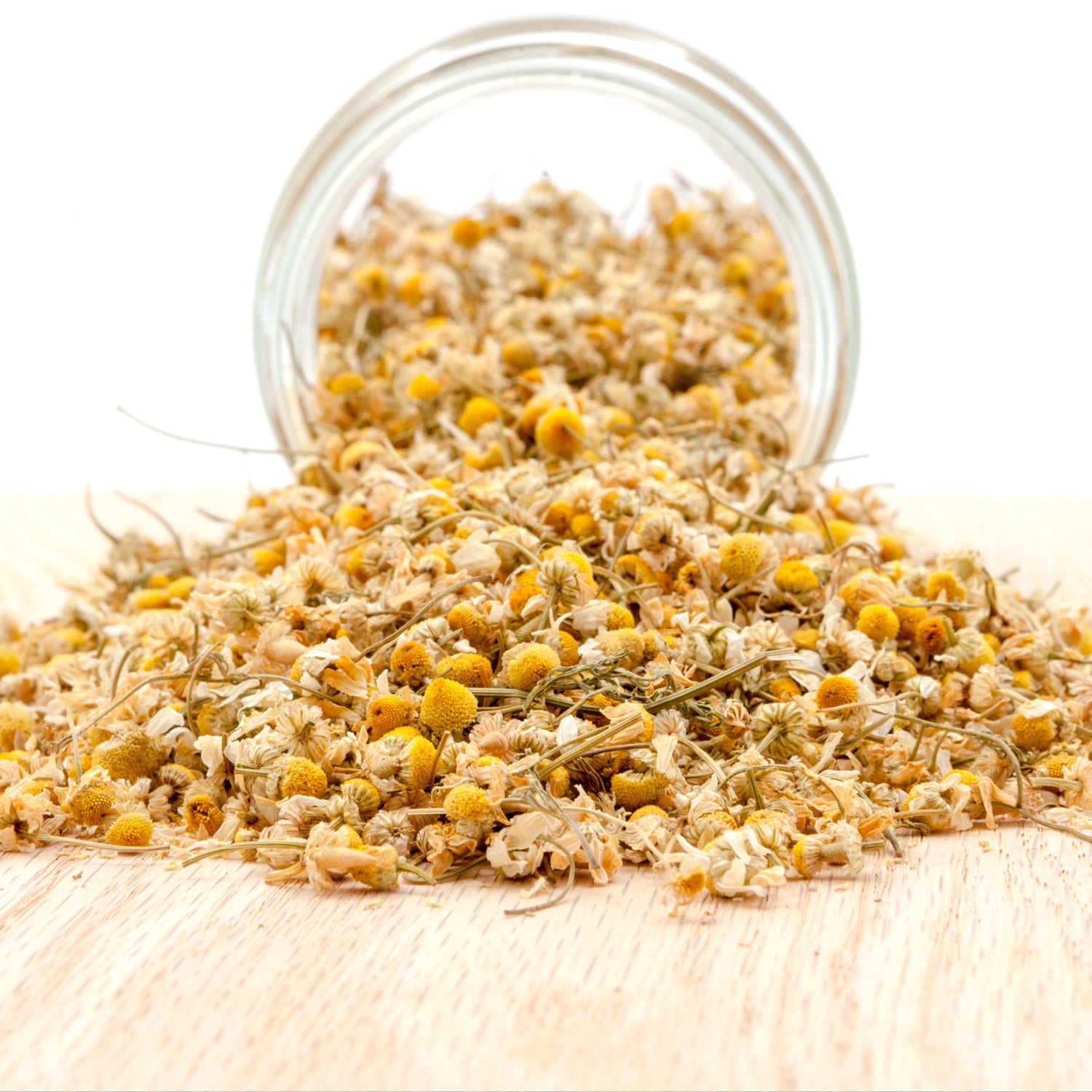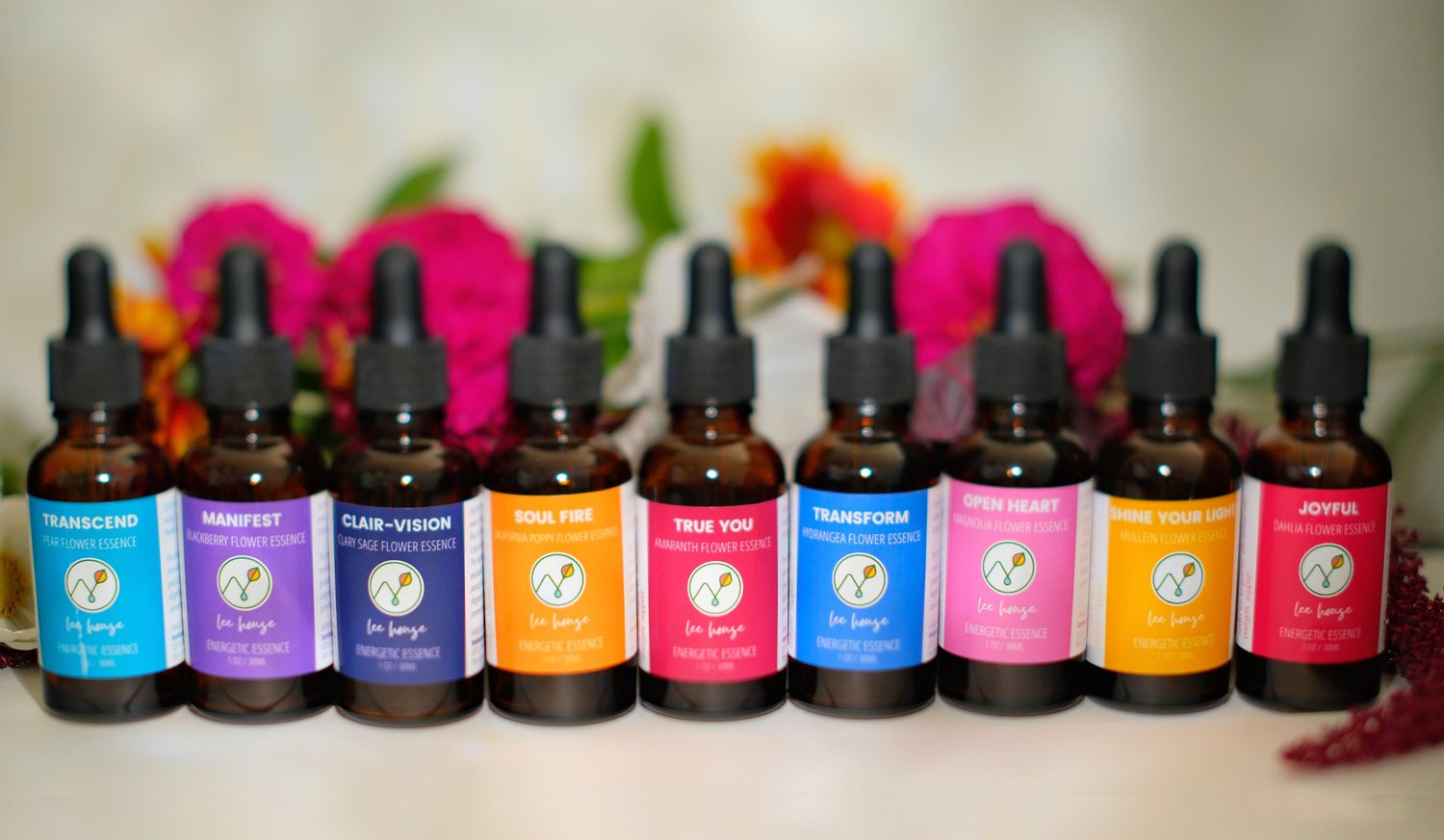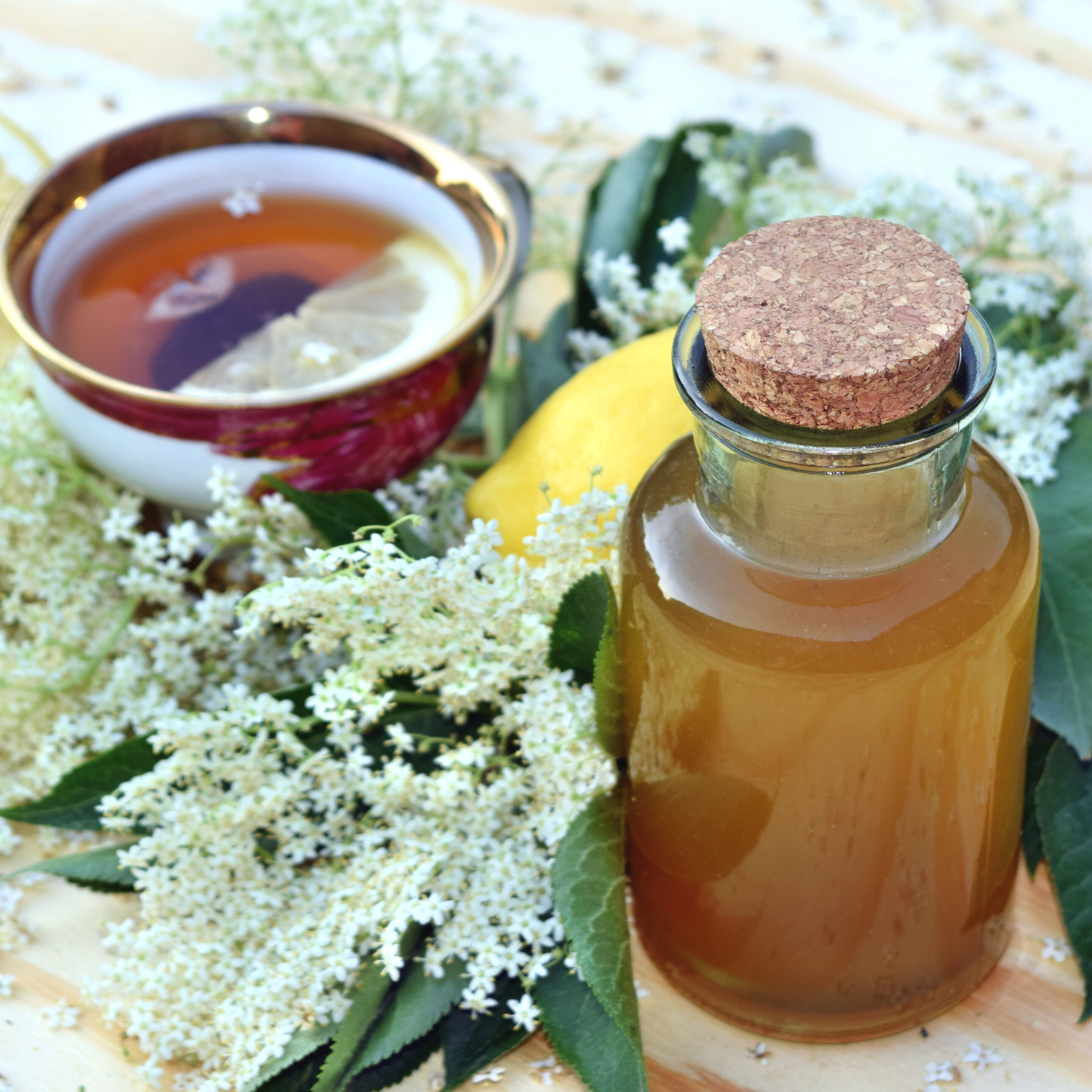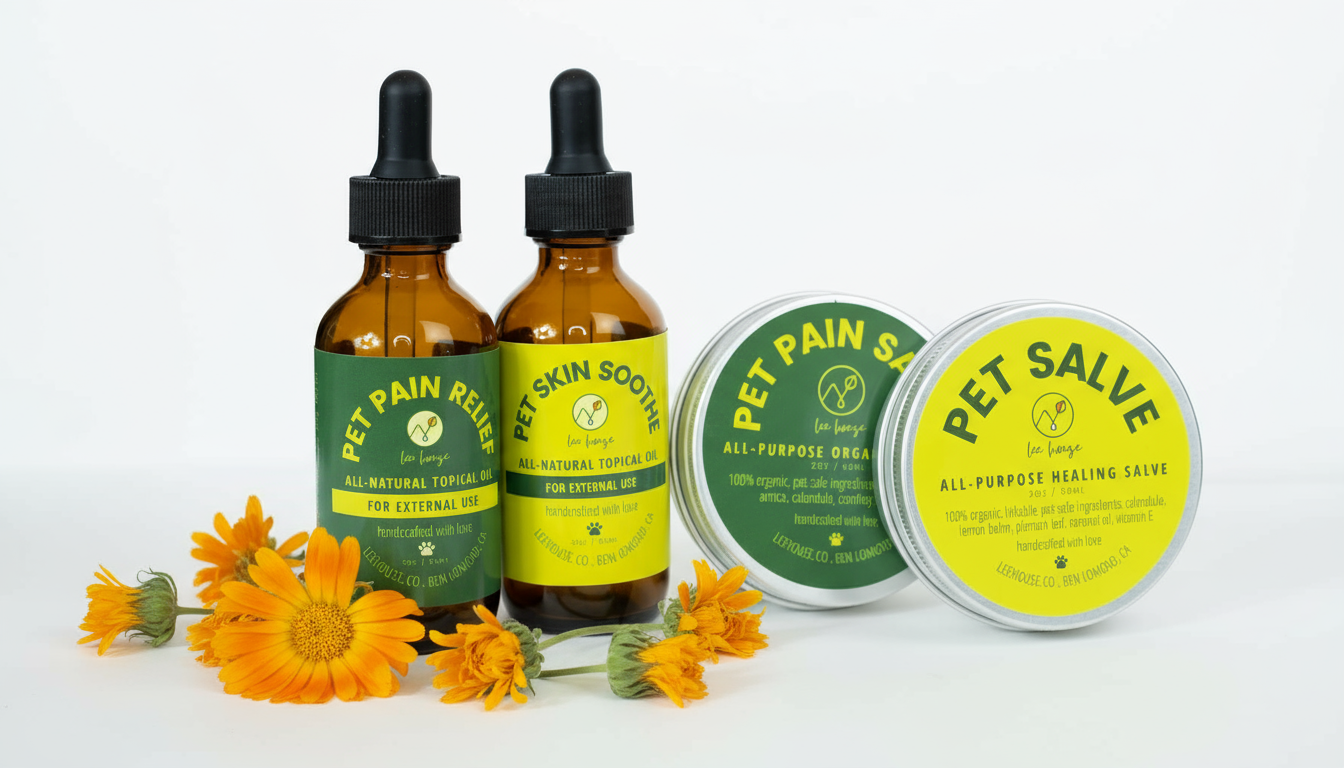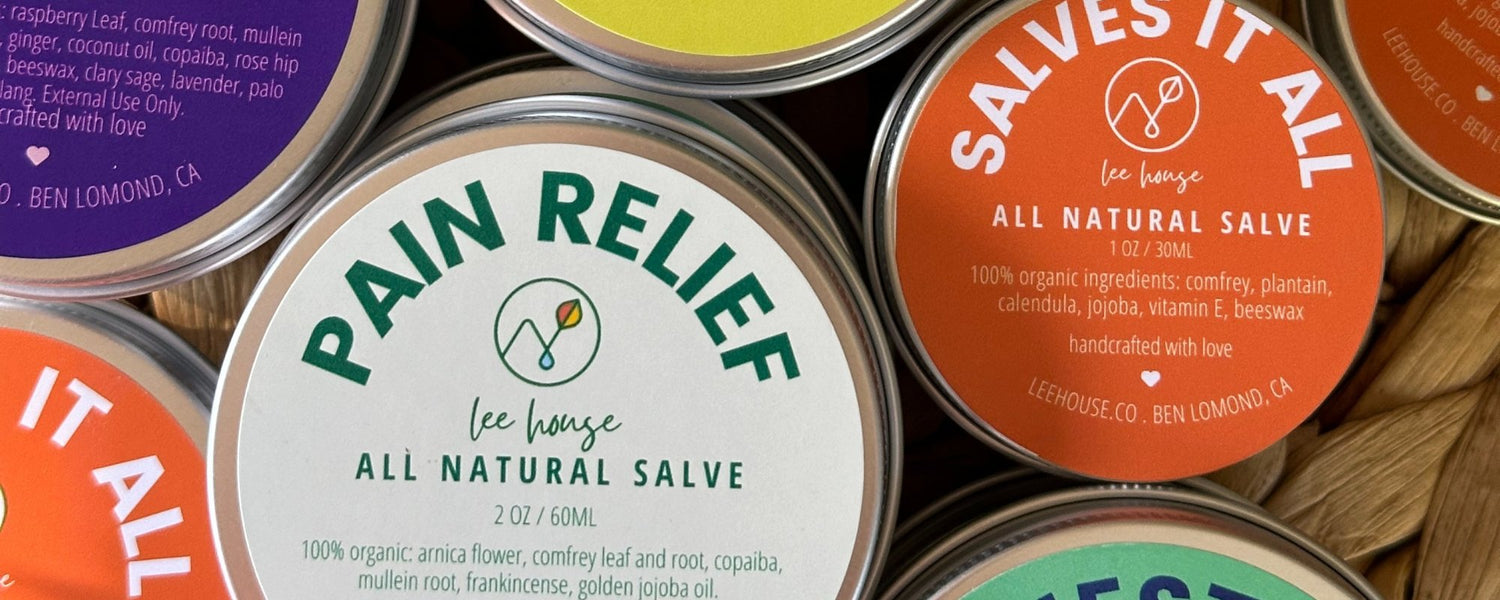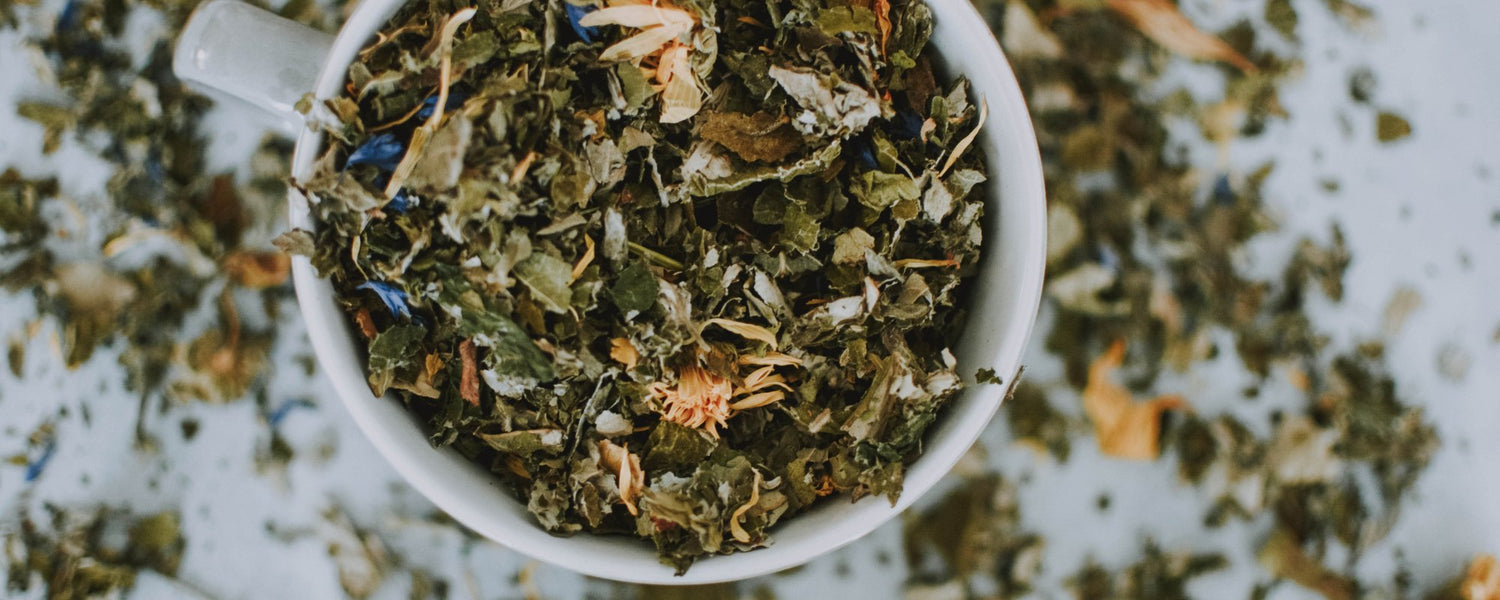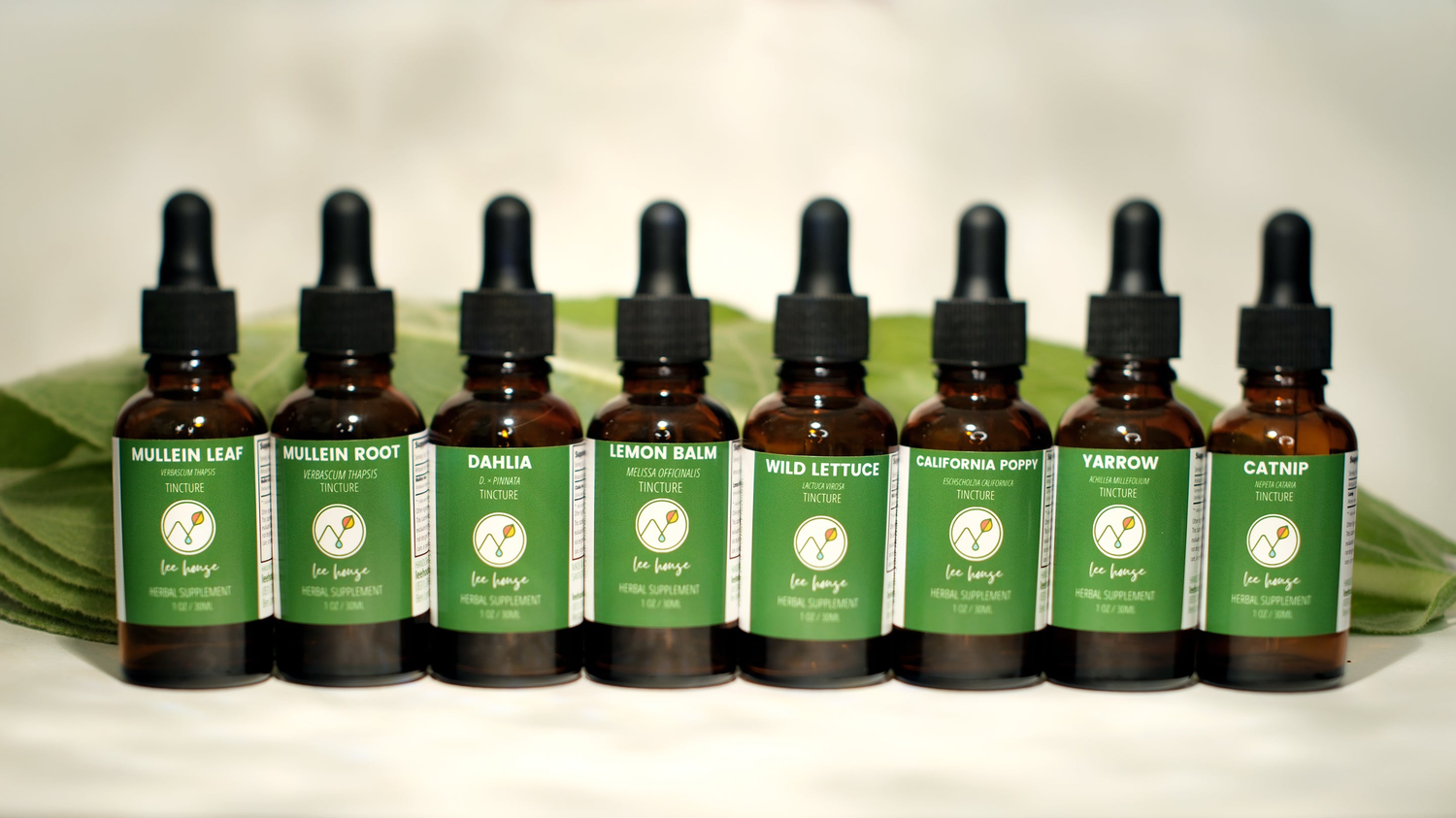
Calendula: How to Grow, Care For, and Use this Flowering Herb
Share
These bright and sunny flowers are one of our favorites to grow. Frost tolerant, self-seeding, and always bringing cheer to the garden, Calendula officinalis is a robust bloomer. It loves to have its flowers picked - in fact the more you pick the more it blooms! Here in our Zone 9a, calendula blooms from March - November. Calendula loves full sun and moderate water, but can tolerate low watering conditions. It does not like soggy soil.
We use calendula flowers in salves, tea, and tinctures to soothe topical and emotional irritation of almost any kind. Sometimes I'll add a flower or two to my tea just to feel a little extra sunshine, especially in the colder winter months.
Calendula facts
- USDA zones 5 to 11 - perennial in zones 9 and up
- Soil pH 6.0 - 7.0
- Full Sun or Partial Shade - in very hot regions, afternoon shade is best
- Tolerant of Light Frost
- Fertile, well drained soil
- Space Seedlings 14 to 18 inches apart
- Mature height: 1.5 to 2 feet
- Will re-seed if flower heads are allowed to dry
- Pick flowers frequnetly to encourage more blooms
Upon receipt, immediately unpack your new plant. If the soil is dry to the touch, give it a small amount of water, then let it rest and recover from it’s journey for at least a day or two.
Calendula will tolerate most soil types and can even grow in partial shade. The most optimal condition is well-drained soil in full sun. Calendulas can be grown as a perennial if they’re not exposed to hard frost.
Upon receipt of your new calendula plant, immediately unpack your new plant. If the soil is dry to the touch, give it a small amount of water, then let it rest and recover from it’s journey for at least a day or two. It's always best to reacclimate your plant to being outdoors (assuming you will be growing it outdoors). After allowing the plant to rest for a day or two, start leaving it outdoors, you'll want to "harden it off" as you would a seedling - this allows the plant to gently reacclimate to living outdoors.
The easiest way to harden your new plant is to place it outside in a shaded, protected spot on warm days, bringing them in at night. Each day, increase the amount of sunlight the plant receives. Don't put tender seedlings outdoors on windy days or when temperatures are below 45° F.
Follow these steps to add calendulas to your home garden:
- Water your calendula seedlings before transplanting.
- Transplant calendulas when the weather gets warm.
- Plant calendula seedlings in rows 18 inches apart. Cover the soil with mulch to keep it moist and to prevent weeds from growing.
- Avoid overwatering. During the summer, give your calendulas one to one-and-a-half inches of water once a week. Avoid overwatering them, since they will tolerate low-water conditions.
- Pick the flowers! The more flowers you pick, the more flowers will grow. Harvest the flower heads every two to three days to prolong the flowering season. If the flower goes to seed, it will stop producing more blooms, so be sure to deadhead (trim off) any flowers that have lost their petals.
Medicinal benefits of Calendula:
- Anti-inflammatory properties that can help reduce swelling, redness, and pain
- Antimicrobial properties that can help fight against bacteria, viruses, and fungi
- Helps to promote wound healing and tissue regeneration
- Contains antioxidants that can help protect against free radicals and oxidative stress
- Supports healthy skin by promoting hydration and reducing inflammation
How to use Calendula:
- In food: Calendula petals can be used fresh or dried to add color and flavor to salads, soups, and other dishes. The petals can also be brewed into tea or added to smoothies for a nutritional boost.
- In skincare: Calendula oil or infused oil can be applied topically to soothe and moisturize dry, irritated, or inflamed skin. It can be used in creams, lotions, salves, or as a standalone oil.
- In herbal remedies: Calendula can be used in various herbal remedies such as tinctures, teas, and capsules. It can help to alleviate menstrual cramps, soothe digestive issues, and promote immune system function. It can also be used externally to help heal wounds, cuts, and bruises.
Learn more about growing medicinal herbs on our website: https://leehouse.co.
With love, from LeeHouse
~Leslie & Darren

